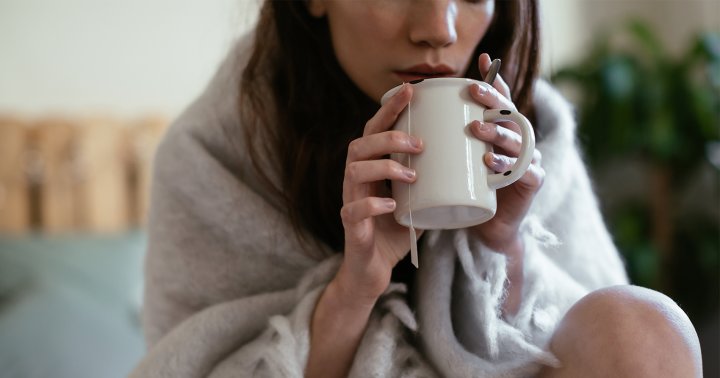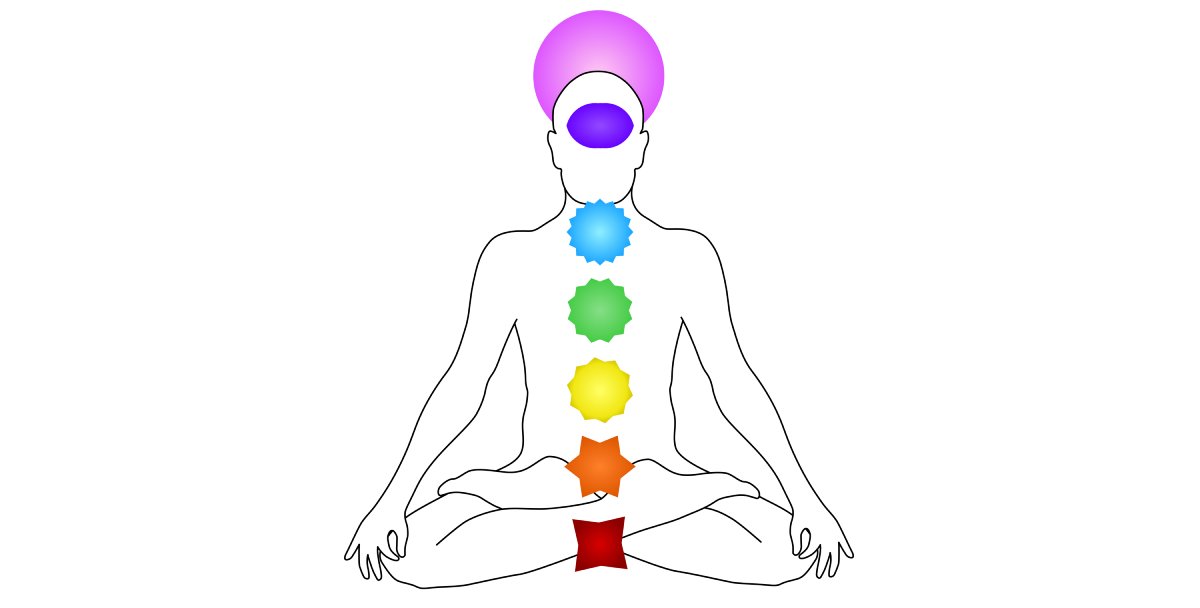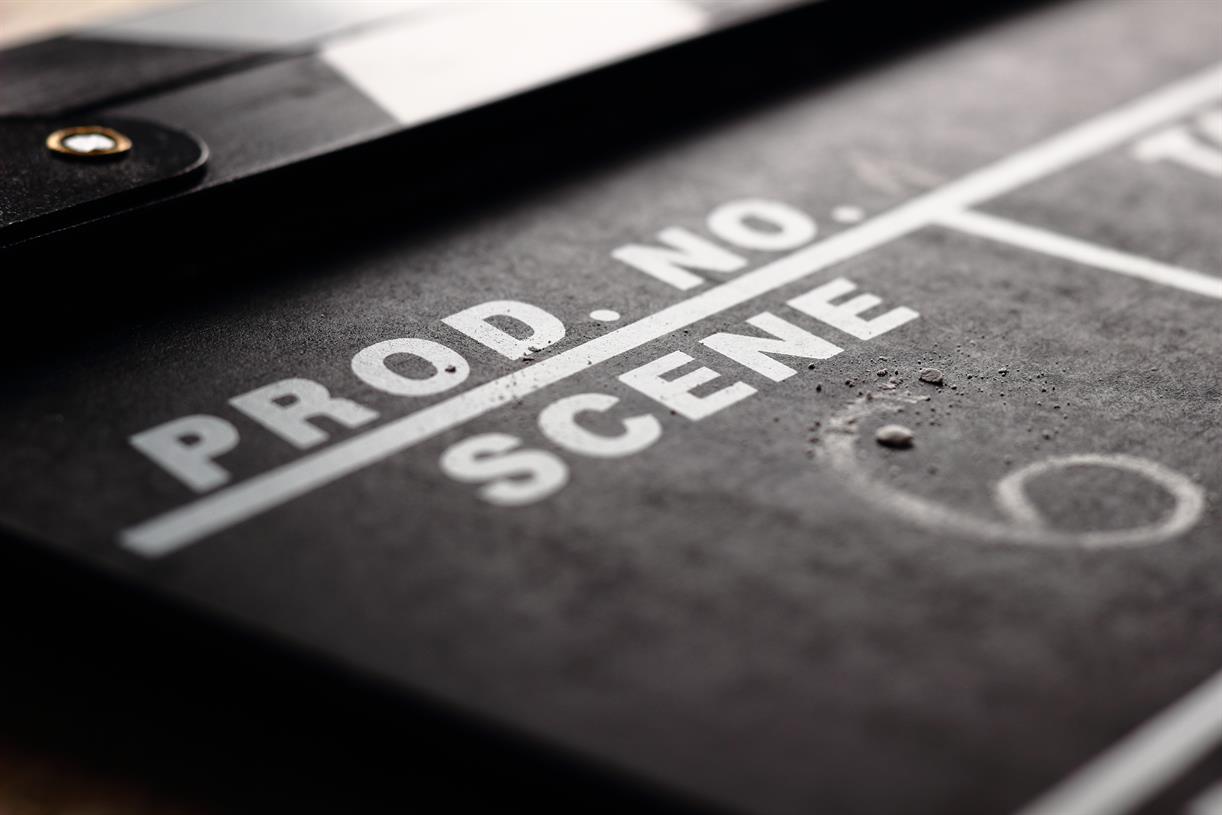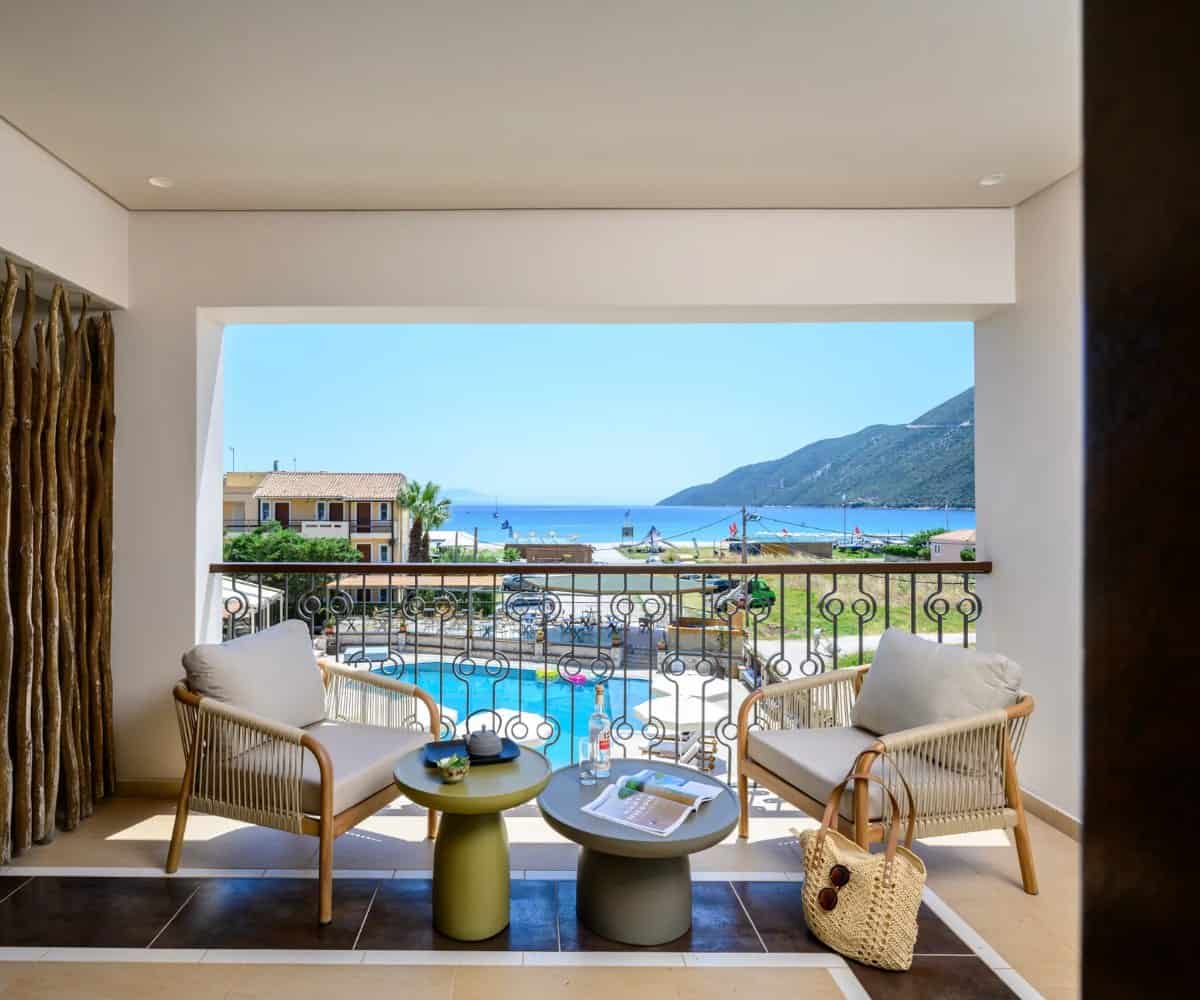The Simple Pleasure (and Relief) of Creating Order
I have a fear of messiness. Oh, I don’t think it rises to the level of a phobia, but if it did I could tell you its name – ataxophobia. I don’t have panic attacks when confronted with a...
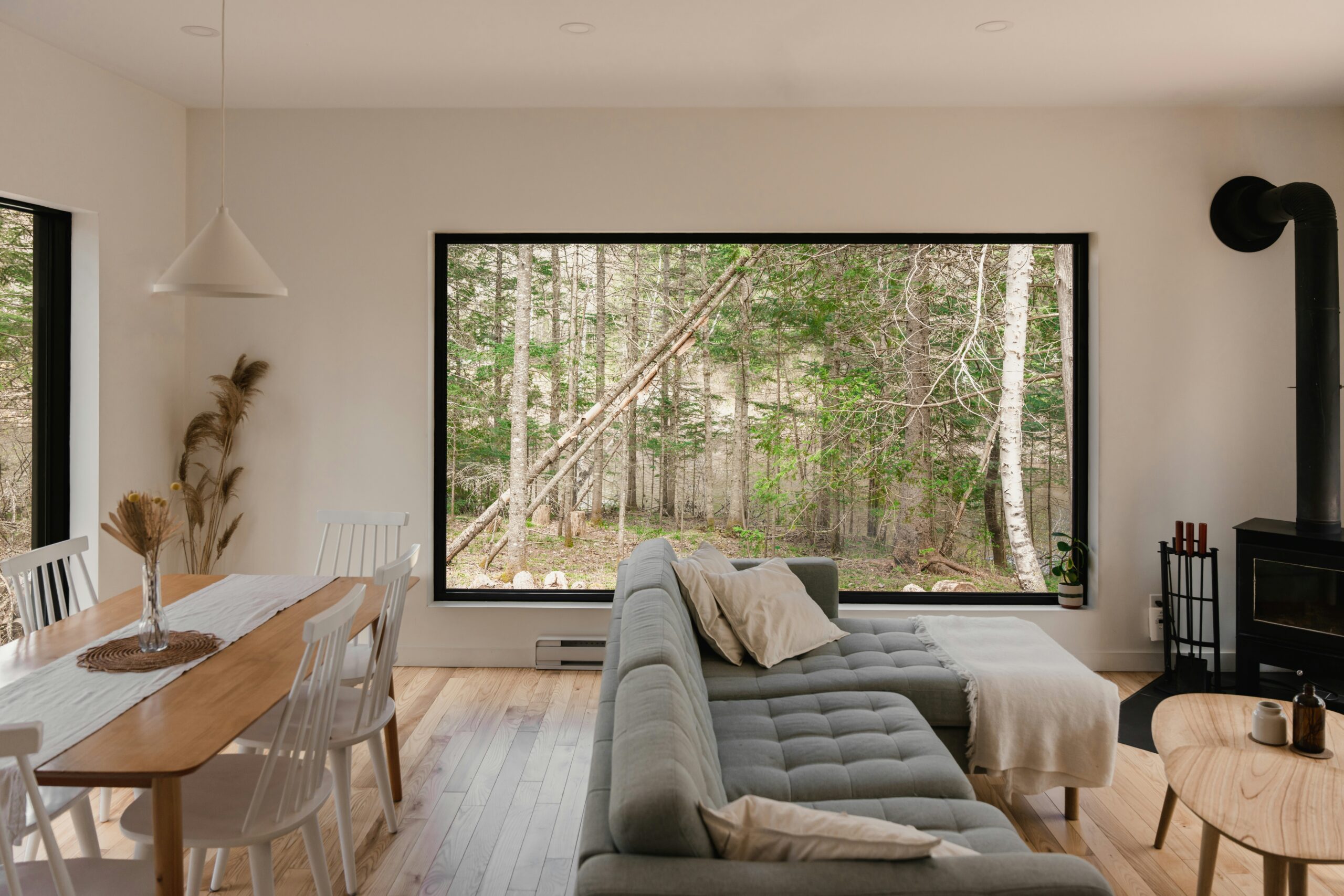
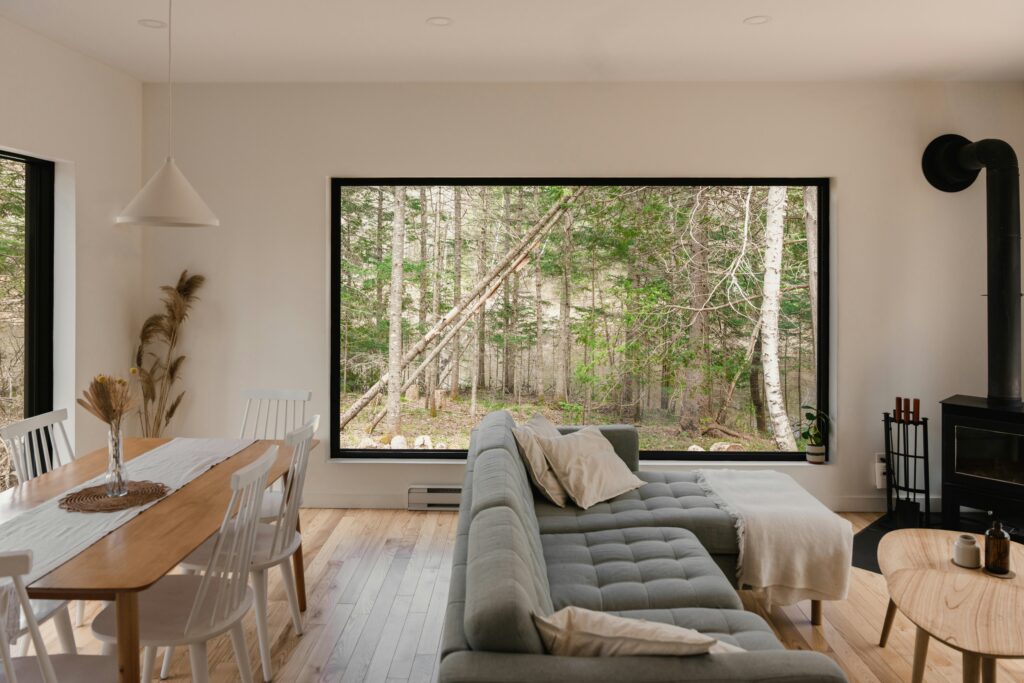
I have a fear of messiness. Oh, I don’t think it rises to the level of a phobia, but if it did I could tell you its name – ataxophobia. I don’t have panic attacks when confronted with a mess, but I sure don’t enjoy it.
I do have a need for order in my life, and can get very anxious when confronted with big changes or the need to do a task I don’t know how to do. And like anyone who feels fear and anxiety, it causes me to avoid those things if I can. Yet when I get up the courage to ask for help, I often find that the task isn’t as fearsome as I believed. So my behavior is kind of irrational, after all.
Why we all benefit from tidiness
I’m sure that’s part of the reason minimalism appeals to me. Now, you might be braver than I about going to new places or tackling new technology, but maybe you suffer from stress in other areas. Maybe your job is very demanding, or your finances aren’t optimal, or you have a relationship in crisis mode. Maybe you’re anxious to prove yourself in some way, or you’ve set audacious goals that sometimes feel impossible.
In order not to feel helpless and at a constant disadvantage, your home needs to be a refuge, a place of calm. And it won’t be if it’s untidy, with piles of unfinished projects and unneeded stuff all over the place.
I know you don’t want to live in a white box with only a mattress and a towel. Some people who choose to live with extreme minimalism probably feel completely liberated, even euphoric about being so unburdened.
But if you’re like me, you enjoy your comfortable couch. You like having a table and chairs to eat and work at. Every night when you get into bed, you’re thankful for the comfort and warmth. (I even say it out loud sometimes – “Oh thank you God for my comfortable bed!”) I love my books and the pictures on my walls. I enjoy my plants and my toss pillows. I like being able to prepare and serve a meal. I really appreciate my refrigerator, stove, microwave, washer, and dryer. And my vacuum cleaner. And my shower, with hot water on demand. Oh, and I like color. I enjoy warm white walls, but I like color in most everything else.
See, I’m not an ascetic at all.
Let’s talk.
Even though I crave order, we’ve established that I’m just like you – averse to life in a sterile white box. So maybe we can talk together about creating order, calm, and space so that your home will be as nurturing and rejuvenating as you need it to be.
In Sweden, the process of taking stock and removing excess goes by the name of dostadning. (Just pronounce everything, like you do with my last name Trefzger.) The literal translation is death cleaning, although according to Margareta Magnusson, author of the surprisingly cheerful Gentle Art of Swedish Death Cleaning, you don’t have to be in your final years to begin dostadning. She explains:
It is about a permanent form of organization that makes your everyday life run more smoothly…. The intention is not that we should remove things that make our lives pleasant and more comfortable. But if you can’t keep track of your things, then you know you have too much.
That reminds me of this quote from cleaning expert Don Aslett:
If you’re storing something, you have no plans to use it.
How to create order
Choose one small area. Consider the kitchen utensil drawer, the linen closet, or the medicine cabinet. You want it to be an area that bothers you, but that will also provide a fairly quick win.
Start by taking everything out. If you’ve decided to begin with a bookcase, the kitchen pantry, or someplace else that has multiple shelves, you can empty one shelf at a time.
Next you need to sort: keep, donate, toss. It’s a quick decision, because if you dither you’ll probably wind up keeping the thing. That’s just the way we are. Too much time, and we’ll think of all of the possible (even if improbable) ways we might use it someday.
However, do consider these questions:
Am I keeping this because I use/enjoy it, or just out of habit? Can I even remember the last time I used this? Do I have another item that serves the same purpose as this one that I prefer to use? If I was curating a museum for my family, would this item go on display? (a question from Joshua Becker) Will anyone I know be happier if I save this? (a question posed by Margareta Magnusson)My feeling is that if I don’t immediately know whether I have a use or a love for something, it should depart. But if that really worries you (and since we’re trying to create peace and calm with this exercise), start an “on hold” box. This box can be filled, dated 6 to 12 months in the future, and stored until the holding period has elapsed. By then you should realize you don’t need what’s in there (that’s if you can remember what it is at all).
Finally, clean the now empty area and return the keepers. Step back and admire your handiwork. Snap a picture and send it to a friend.
You can either take a break or come back tomorrow – but do come back! This process isn’t anal. It’s restorative. Making an area orderly and keeping it that way will give you something to feel in control of. It will make you feel victorious and light-hearted.
15 spaces to streamline and make orderly
the entryway the living room the bookshelf the kitchen the pantry/refrigerator the bedroom the wardrobe the bathroom the linen closet the coat closet the home office the craft room the toy room the hidden spaces (junk drawers, under the bed, etc.) the storage areas (garage, basement, attic, etc.)Check out this guide for more specific ideas to help you declutter each area.
A final word
“Simplicity is not hair-shirt living,” says author, activist, and minimalist advocate Satish Kumar.
It can be comfortable, you can still have beautiful things… But they should also be useful and durable, things that last and that you treasure [and take care of]. We can all have a good life if we live in a society that is less wasteful and less polluting.
And it begins with creating order in our homes, and maintaining it. That’s how we’ll create spaces that are calming and supportive, spaces we enjoy spending time in.
***
About the Author: Karen Trefzger is a writer, singer, teacher, wife, mother, and grandmother who has been choosing a simpler life for over 20 years. She is the author of several books about minimalism, and blogs at Maximum Gratitude Minimal Stuff.

 Koichiko
Koichiko 







